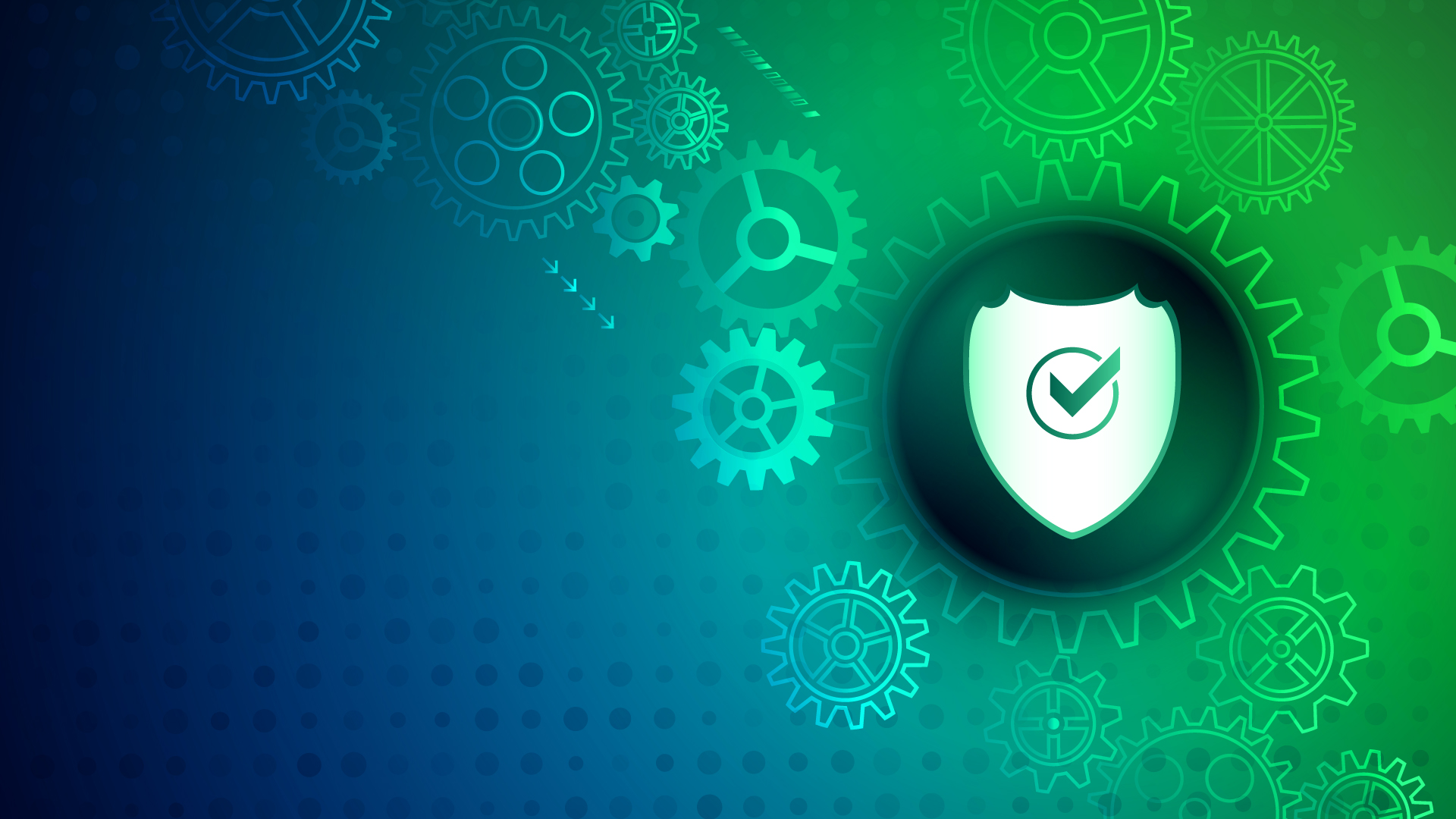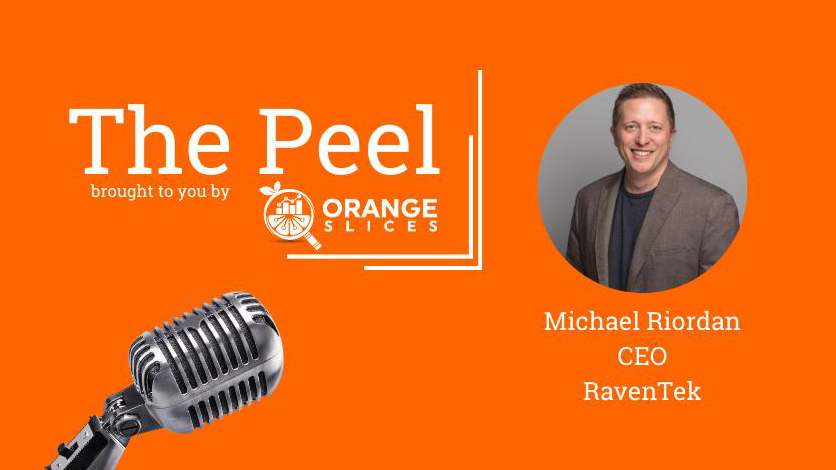Nonprofits and NGOs (Non-Governmental Organizations) are not immune to cybersecurity threats, and they often face unique cybersecurity risks due to their nature and limited resources. Here are the top five major cybersecurity threats that nonprofits and NGOs are faced with:
1. Data Breaches and Privacy Violations
Risk: Nonprofits often collect and store sensitive donor information, beneficiary data, and financial records. A data breach can result in the exposure of this sensitive information, leading to privacy violations and loss of trust.
Mitigation: Implement robust data encryption, access controls, and regular security audits to protect your data. Comply with data protection regulations, such as GDPR or HIPAA, if applicable.
2. Phishing and Social Engineering Attacks
Risk: Cybercriminals may target employees, volunteers, or stakeholders with phishing emails, aiming to steal login credentials, financial information, or infect systems with malware.
Mitigation: Conduct cybersecurity awareness training to educate staff about recognizing phishing attempts. Implement email filtering and authentication mechanisms to block malicious emails.
3. Ransomware Attacks
Risk: Ransomware attacks can encrypt critical data and demand a ransom for its release. Nonprofits may struggle to recover their data or afford the ransom payment.
Mitigation: Regularly back up data, maintain offline backups, and implement strong network security to prevent ransomware infections. Educate staff about the risks of downloading attachments or clicking on suspicious links.
4. Inadequate IT Infrastructure
Risk: Limited IT budgets may result in outdated software, unpatched systems, and inadequate cybersecurity tools, making nonprofits vulnerable to known vulnerabilities.
Mitigation: Allocate resources to maintain and update IT infrastructure regularly. Prioritize security patching and consider cloud-based solutions, which often have built-in security features and automatic updates.
5. Third-Party Risks
Risk: Nonprofits often collaborate with third-party vendors, partners, or volunteers who may not have robust cybersecurity practices. These entities can introduce vulnerabilities into the nonprofit’s ecosystem.
Mitigation: Vet and assess the cybersecurity practices of third-party organizations before engaging in partnerships. Establish cybersecurity standards and protocols for all stakeholders to follow.
Additional risks include insider threats, where employees or volunteers misuse access privileges, and regulatory compliance issues, which may lead to penalties if data protection regulations are not adhered to.
It’s essential for nonprofits and NGOs to recognize these cybersecurity threats and prioritize security measures within their constraints. Developing a cybersecurity policy, educating staff and stakeholders, and regularly assessing and updating security measures are essential steps in protecting sensitive data and ensuring the organization’s mission can continue uninterrupted.
By partnering with RavenTek and Splunk, nonprofits and NGO’s can harden their cybersecurity posture, identify blindspots creating risk in their environment, and build more resilient organizations for donors, beneficiaries and team members alike.
Learn more at raventek.com/splunk-for-nonprofits









